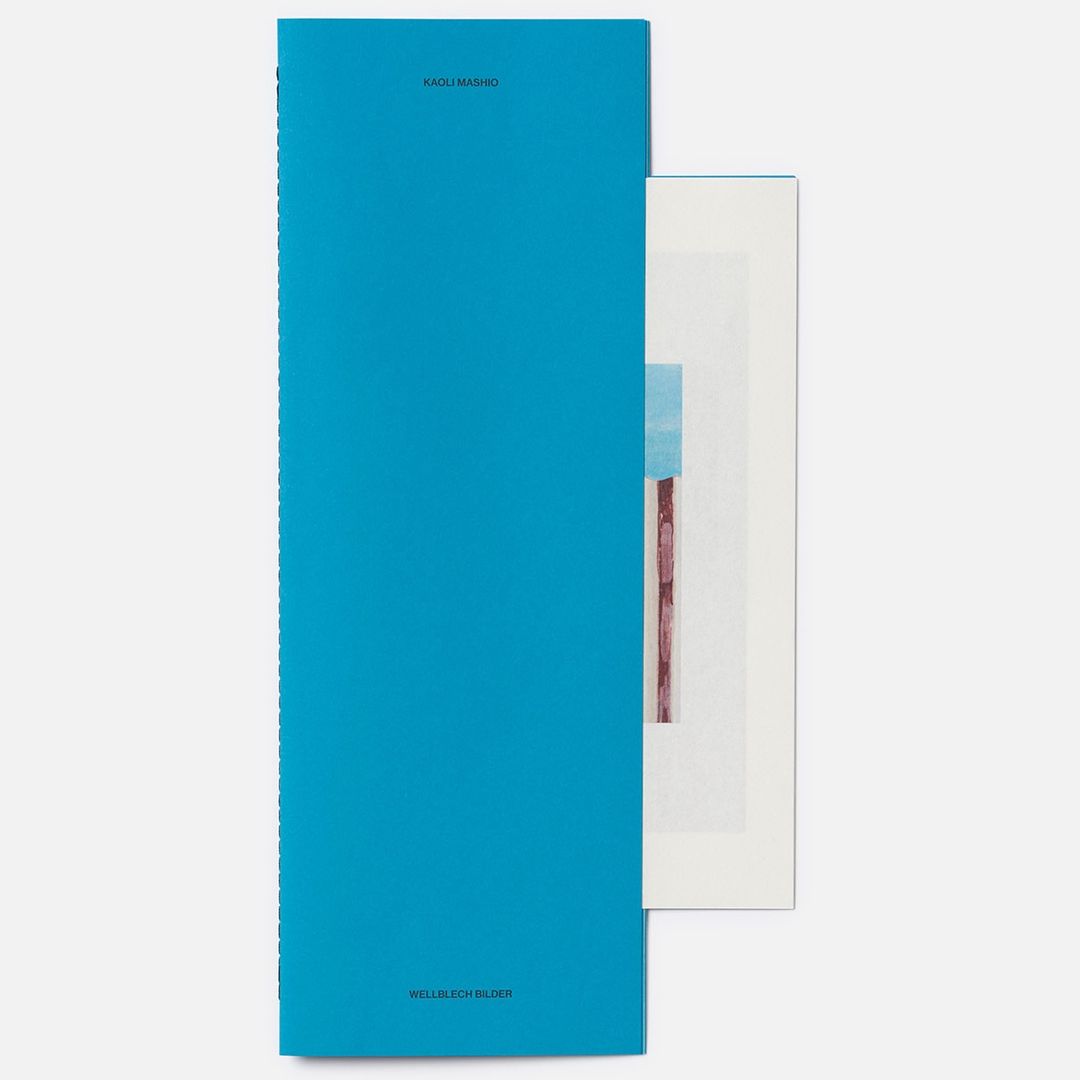
Kaoli Mashio
Wellblech Bilder
Publisher: Galerie Khoshbakht & Verlag der Buchhandlung Walther und Franz König, 2024
Design: Kaoli Mashio
Edit and production by Studio Thomas Spallek
Text: Martin Germann
Size: 15 x 30 cm
Pages: 32
Language: English
Price: €18.00
Edition of 250